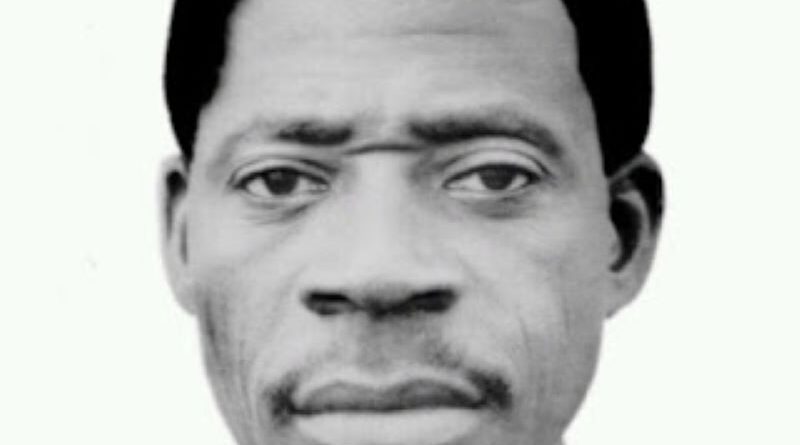The Legacy of Apostle Ayo Babalola; Faith, Fire and Mountain
Apostle Joseph Ayo Babalola was born on April 25, 1904 to Elder David and Mrs Martha Rotimi in Odo-Owa Kwara State. He was brought up as an Anglican. He got some education (up to standard four), before he became a blacksmith’s apprentice. Later he became a steamroller operator under the PWD (Public Works Department), then under the control of Great Britain, learning to become a steamroller driver.
Babalola was baptized in Lagos lagoon in December 1929.
One of the progenitors of the early revival fire that swept through Nigeria in the early 30’s & 40’s. This man was on fire for God. There was not so much noise and razzmatazz. With his bell in his hand and a mismatched ‘babariga’ and ‘sokoto’ and a pair of sandal standing on a make-shift pulpit, this anointed servant of God strode through this world like a blazing comet.
He doesn’t need to scream and shout yet he was anointed to the teeth. His simplicity and humility is simply enchanting. He was a terror to the kingdom of hell. He put many herbalist out of business and expelled demons who had the forest as their place of domain. Times without number they will bring the dead to his meetings and lay them right in front of the altar where he ministered and without getting distracted from his message, the dead will get up and walk from where they have been kept.
Apostle Joseph Ayo Babalola was one of the notable apostles to emerge from the spiritual revival of September, 1930 that started in South West Nigeria at Oke Oye, Ilesa, Osun State and reverberated abroad. The revival erupted when Apostle Babalola raised a dead child back to life as the Church elders were deliberating on some doctrinal issues. Of course the meetings ended abruptly to give way to the supernatural move of God. What followed in the next three weeks was the healing of about 100 lepers, 60 blind people and 50 lame persons.
ALSO READ: Should Christians Engage in Politics, or Stay Neutral?
He was a man who turned the mountains to his Prayer gym and on one occasion, it was said while he was praying, a python crawled over him and he never cared only to get up after prayers to discover the python lying dead by his side. His life is a reprimand to many of us.
He wasn’t trained in seminary Hall, the mountain were his classrooms. The Spirit was his teacher and Prayer was his consecration.
Before Ayo Babalola ever lead a revival, he died at the altar, he taught us that Revival is not an event , it’s a man reduced to ashes before God.
No discussion of Apostle Babalola’s legacy is complete without referencing the mountains. For him, mountains were not just geographic elevations they were altars. Prayer mountains became his spiritual workshop. Ariran, Oke Owa, Efon-Alaye these hills bore witness to days and nights of intercession, fasting, and supernatural encounters. They were places where heaven kissed earth.
Many of his meetings were marked by spontaneous healings and prophetic utterances. He didn’t need a stage. He didn’t need lights. All he needed was a bell, his voice, and the backing of the Holy Ghost.
Even generations later, young ministers look to Babalola as a benchmark for revival, power, and consecration. His life is a reminder that it is possible to live holy, walk in miracles, and remain loyal to the call even in a world full of distractions.
The legacy of Apostle Ayo Babalola is not just history. It is a living story of what God can do with a man who says yes. A story of how faith can shape nations. Of how fire can purify a land. And how mountains can become meeting points with divinity.
Content Credit: Dada Blessing
Image Credit: CAC News.com




